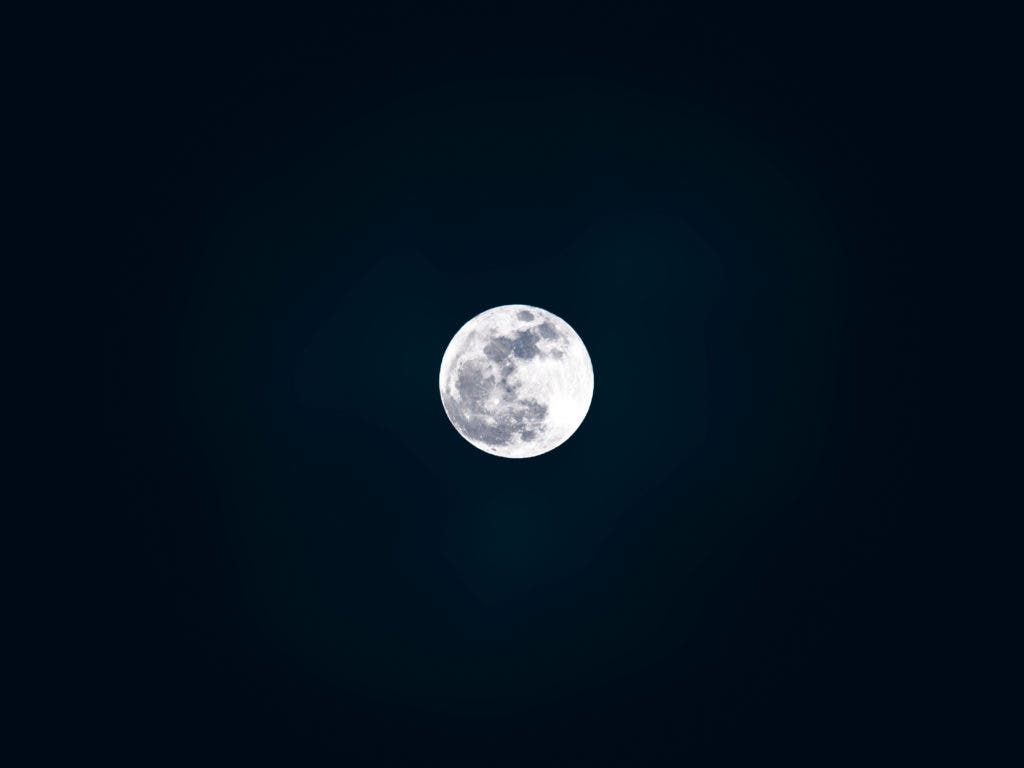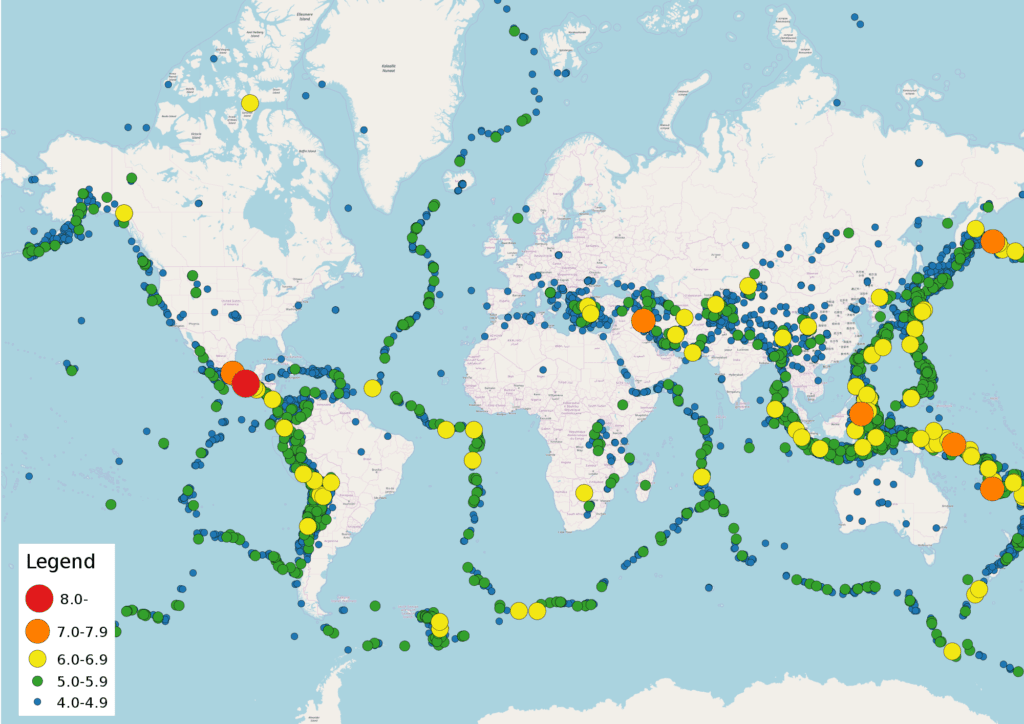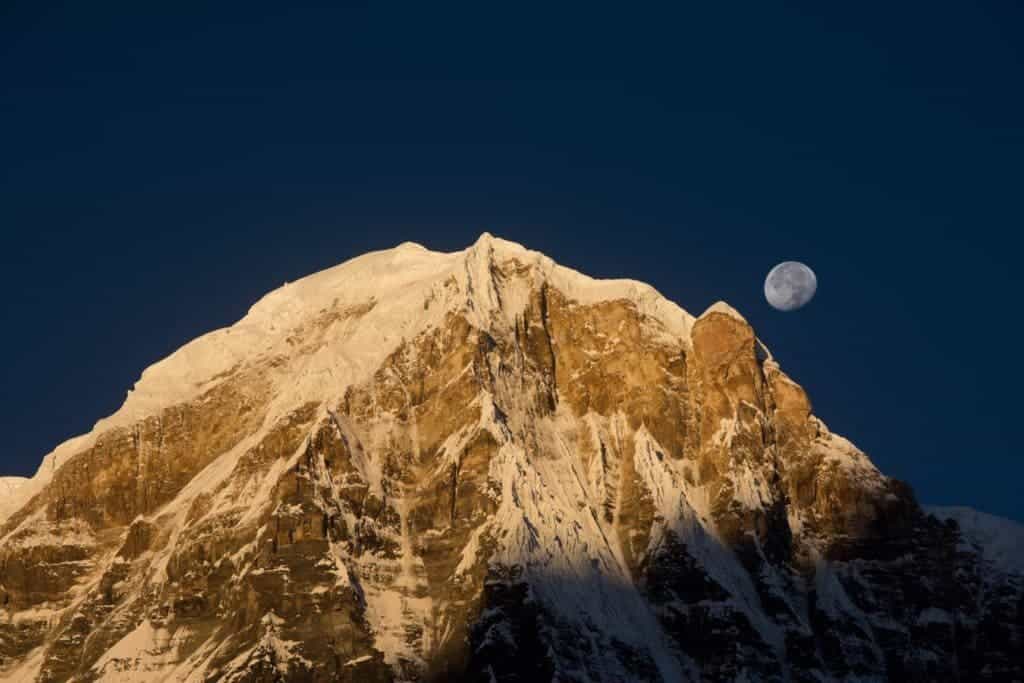Researchers have debunked one of the most enduring myths about earthquakes: that they are influenced by the moon or the time of year. Susan Hough at the US Geological Survey found that the patterns which some have interpreted as a link between these phenomena are nothing more than jibberish: “the kinds of patterns you would get if the data are completely random.”
Shake, rattle, and roll
Mankind has been aware of earthquakes since time immemorial, but to this day, there are aspects of earthquakes we’ve yet to understand. The rumble and shake we feel at the surface is basically the release of energy coming from down below — from kilometers to tens or even hundreds of kilometers deep. This energy reaches us through seismic waves, a type of acoustic wave. In a way, you could say that earthquakes are the music of the Earth, but that music can be devastating.
An 8.6 magnitude earthquake, like the one that struck Chile in 2010, releases the same amount of energy as 10,000 atomic bombs of the kind used in World War II. Naturally, being able to reliably predict these events would be incredibly important, but this has proven impossible, and will likely continue to be impossible in the future. No, despite what some snake oil salesmen claim, no scientist has ever predicted a major earthquake. But this doesn’t mean that we can’t foresee some things about them.
Earthquakes are usually caused when rock underground suddenly breaks along a fault. Since the Earth’s crust is split into rigid plates which are constantly moving, there’s plenty of pressure to cause such events. What researchers can calculate is where this pressure is building up, and where earthquakes are more likely to strike in a certain timeframe. For instance, we know that a big earthquake is very likely to strike California soon — but we can’t predict exactly when and where it will strike. In other words, seismologists are looking at trends and patterns, not specifics.
This is why some have suspected that the moon might also play a role in earthquake formation. Simply put, the idea is that just like the moon causes tides, it could add a bit of extra pressure on the tectonic plates — just enough to cause an increase in seismicity. That idea spread even more after a 2016 study found that the San Andreas fault in California might be influenced by the lunar tides. Well, that theory just doesn’t stand, a new study reports.
Promise me the moon
Susan Hough analyzed 204 earthquakes of magnitude 8 or larger, correlating them with the time of year and the lunar phase. The analysis went back to 1600, and she focused on large earthquakes because they are certain to be “their own master” — not a result of an aftershock or other seismic events. It also gave her the opportunity to compare results with previous studies.
“A recent study … for example, concluded that very large earthquakes, with magnitudes close to 9, tend to occur near the time of maximum tidal stress,” Hough said in her study, adding that researchers “point out, however, that the relationship is not clear-cut and does not hold when low-magnitude events are included in the analysis.”
The theory seemed to make a lot of sense. It’s not that the moon puts great stress on the Earth. It’s just a little, but it might be that extra little that pushes things over the edge.
“In recent years, there have been a couple of nice studies that show that tidal forces do modulate earthquake rates slightly. It makes sense: the tides create stress in the solid earth, and not just the oceans. And in some cases, that small force can be ‘the straw that breaks that camel’s back’ and nudges the fault to produce an earthquake,” Hough said.
However, her data showed nothing — no correlation, no pattern, nothing that indicates a connection between earthquake occurrence and the moon or the time of the year.
This doesn’t mean that no patterns were observed. Data showed that most earthquakes took place seven days after the new moon — in a period where the moon’s attraction was lowest. This goes completely against the theory and only shows that it’s just a coincidence. It’s just like flipping a coin: sometimes you’ll get tails six times in a row, but that doesn’t mean anything.
“My statistical analysis showed that this apparent signal is not statistically significant,” Hough said. “But there’s so much lore about earthquakes and full moons; I was a little surprised that earthquakes have bunched up on a day about which there’s no popular lore.”
However, things are not finally settled. Hough’s analysis didn’t account for small earthquakes, and it is plausible that if the tidal stress does have an effect, you’re more likely to see it there. Also, 204 data points are far from ideal. In theory, the coincidence could swing the other way — the moon might be causing the earthquakes, but earthquakes also randomly happen during other days, masking the correlation. If anything, I’d expect this study to stir things up even more. The debate is far from settled.
“I’ve read Charles Richter’s files, the amateur predictors who wrote to him in droves, because he was the one person that people knew to write to … and if you read the letters, they’re similar to what people are saying now, it’s all the same ideas.”
“Sooner or later there is going to be another big earthquake on a full moon, and the lore will pop back up,” said Hough. “The hope is that this will give people a solid study to point to, to show that over time, there isn’t a track record of big earthquakes happening on a full moon.”
Journal Reference: Susan Hough et al. Do Large (Magnitude > 8) Global Earthquakes Occur on Preferred Days of the Calendar Year or Lunar Cycle? DOI: 10.1785/0220170154












